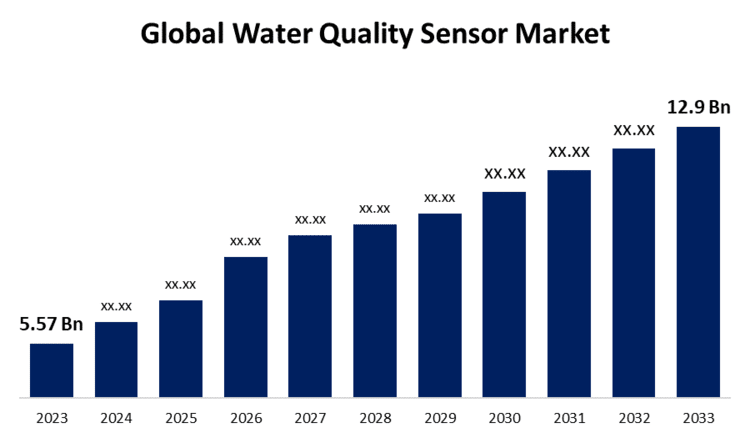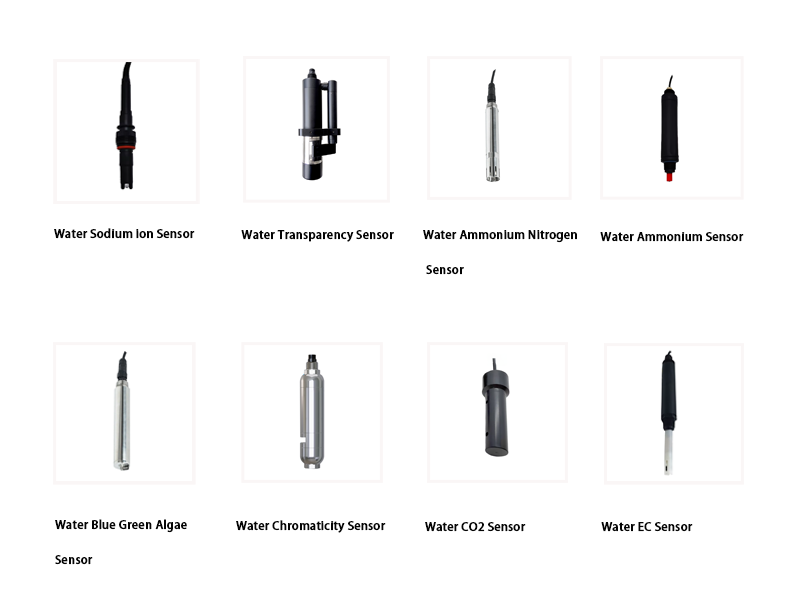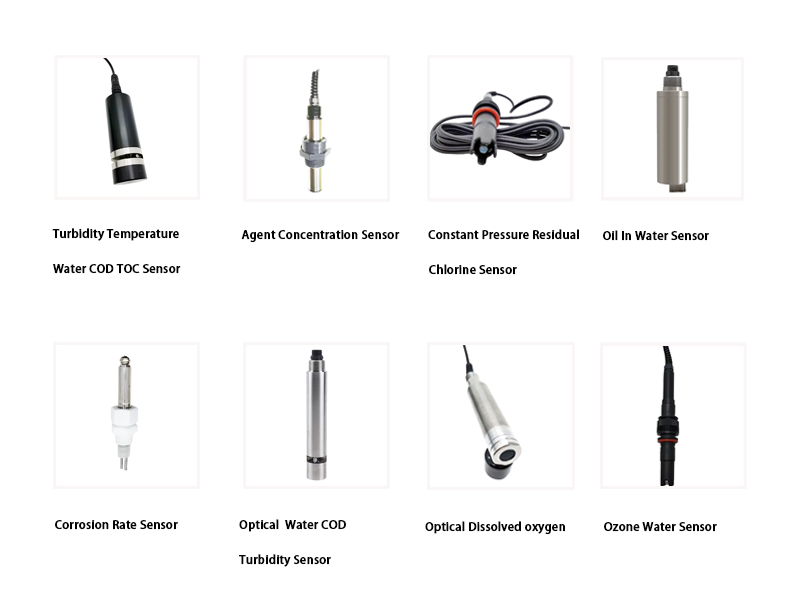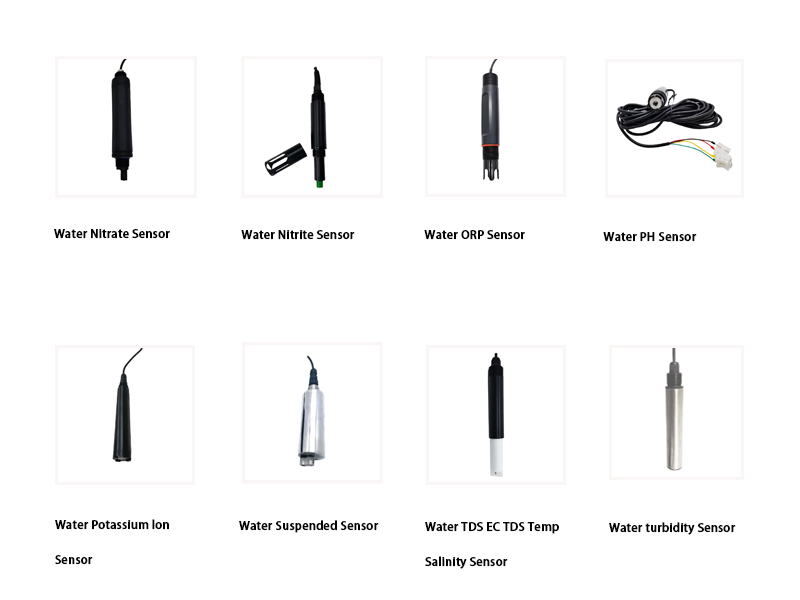The Global Water Quality Sensor Market Size was Valued at USD 5.57 Billion in 2023 and the Worldwide Water Quality Sensor Market Size is Expected to Reach USD 12.9 Billion by 2033, according to a research report published by Spherical Insights & Consulting.
A water quality sensor detects a variety of water quality characteristics, including temperature, pH, dissolved oxygen, conductivity, turbidity, and contaminants such as heavy metals or chemicals. These sensors provide valuable information about water quality and aid in examining and managing it to guarantee that it is safe for human consumption and aquatic life. They are widely utilized in sectors including water purification, aquaculture, fishing, and environmental monitoring. In the aquaculture business, they are commonly used to analyze water quality restrictions like as dissolved oxygen, pH, and temperature to ensure that fish and other aquatic creatures develop properly. It is also used in drinking water supply to ensure safety and protect human health. However, a lack of technical skills can limit market expansion.
Browse key industry insights spread across 230 pages with 100 Market data tables and figures & charts from the report on the “Global Water Quality Sensor Market Size, Share, and COVID-19 Impact Analysis, By Type (TOC Analyzer, Turbidity Sensor, Conductivity Sensor, PH Sensor, and ORP Sensor), By Application (Industrial, Chemical, Environmental Protection, and Others) and By Region (North America, Europe, Asia-Pacific, Latin America, Middle East, and Africa), Analysis and Forecast 2023 – 2033.
The TOC analyzer segment has the highest market share throughout the forecast period.
Based on type, the global water quality sensor market is classified into TOC analyzer, turbidity sensor, conductivity sensor, PH sensor, and ORP sensor. Among these, the TOC analyzer segment has the highest market share throughout the forecast period. TOC is used to calculate the percentage of organic carbon in water. Rising industrial expansion and suburbanization have prompted worries about water contamination, necessitating frequent and exact monitoring of water sources to ensure safety and compliance with environmental regulations. TOC analysis allows for both continuous monitoring of water quality and proactive management of potential environmental problems. It helps environmental engineers and managers discover changes in water composition early on and implement effective pollution-reduction measures. It allows for the rapid detection and quantification of ecological pollution, enabling timely responses to environmental concerns.
The industrial category is likely to dominate the market during the forecast period.
Based on application, the global water quality sensor market is classified into industrial, chemical, environmental protection, and others. Among these, the industrial category is likely to dominate the market during the forecast period. Water quality sensors are used in industries to ensure that customers’ water is safe and clean. This includes water monitoring at restaurants, hotels, and recreational facilities such as swimming pools and spas. The rising water pollution caused by industrialization increases the likelihood of its global use, which is the key driving force behind the water quality monitoring industry. The conductivity sensors measure the quality of water used in industrial processes.
North America is expected to hold the largest share of the water quality sensor market over the forecast period.
The implementation of these restrictions raises the demand for improved water quality monitoring devices like sensors. Environmental challenges such as water contamination are well-known in North America among the general public, industry, and government. This awareness increases the demand for effective water quality monitoring technologies. North America is a hub of technical development and innovation. Many enterprises in the region focus on the development of cutting-edge sensor technologies. This technological leadership enables North American businesses to dominate the water quality sensor industry.
Post time: Aug-09-2024





